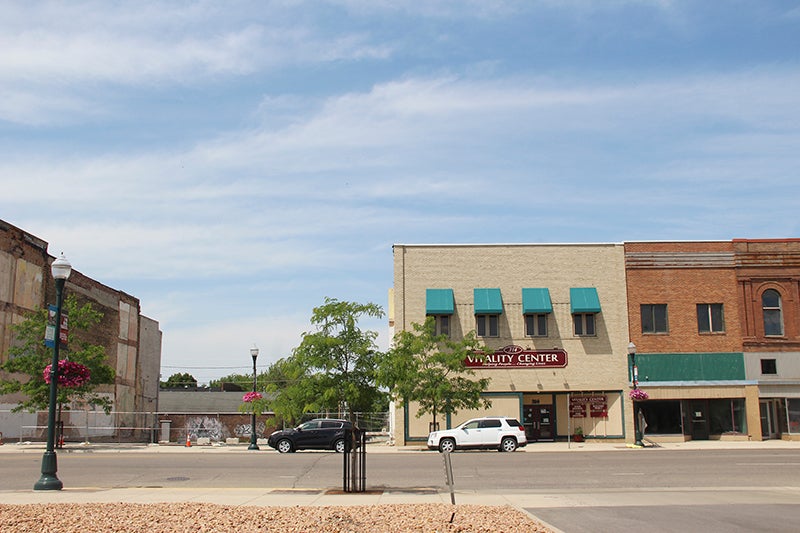Twin Cities welcomes more Ukrainian refugees than any other metro area in the U.S.
Published 4:16 pm Friday, December 23, 2022
|
Getting your Trinity Audio player ready...
|
By Jon Collins, Minnesota Public Radio News
Residents of the Twin Cities have welcomed more Ukrainian refugees than any other metro area in the country, according to the national Welcome.US refugee program.
Minnesotans have formed about 1,500 sponsorship groups to support Ukrainians trying to build a new life here, said Annie Nolte-Henning, director of the Americas for Alight, a non-profit that supports refugees as they resettle.
“It’s really to help them get settled in their first few months of arriving to the U.S., helping them find temporary housing, getting kiddos enrolled in school, making sure that they’re signed up for public benefits, and really just being a neighbor to Ukrainians that are coming here with no connections,” Nolte-Henning said.
About 14 million Ukrainians have fled the country or been displaced since Russia invaded in February, according to the United Nations. Many of those people have found shelter in Europe, but about 100,000 have come to the United States under the United for Ukraine program, which requires Ukrainians to have a local sponsor.
Minnesota as a whole is just behind California in the total number of Ukrainian refugees being hosted, leading higher population states like Texas and New York.
“Minnesota obviously has a very deep history of welcoming newcomers, from the Somali to the Hmong communities and then to the Afghan communities earlier this year, and I think we’ve seen how much these new communities enrich our culture,” Nolte-Henning said. “I think Minnesotans just know this is something they need to step up for, and it’s not easy.”
Alight helps to train people who want to sponsor refugees and puts them in contact with Ukrainians seeking shelter.
Refugee groups like Alight expect a surge in demand from more refugees after the holidays. Russia has been targeting civilian infrastructure like heat and power in Ukraine as very cold winter weather arrives.





